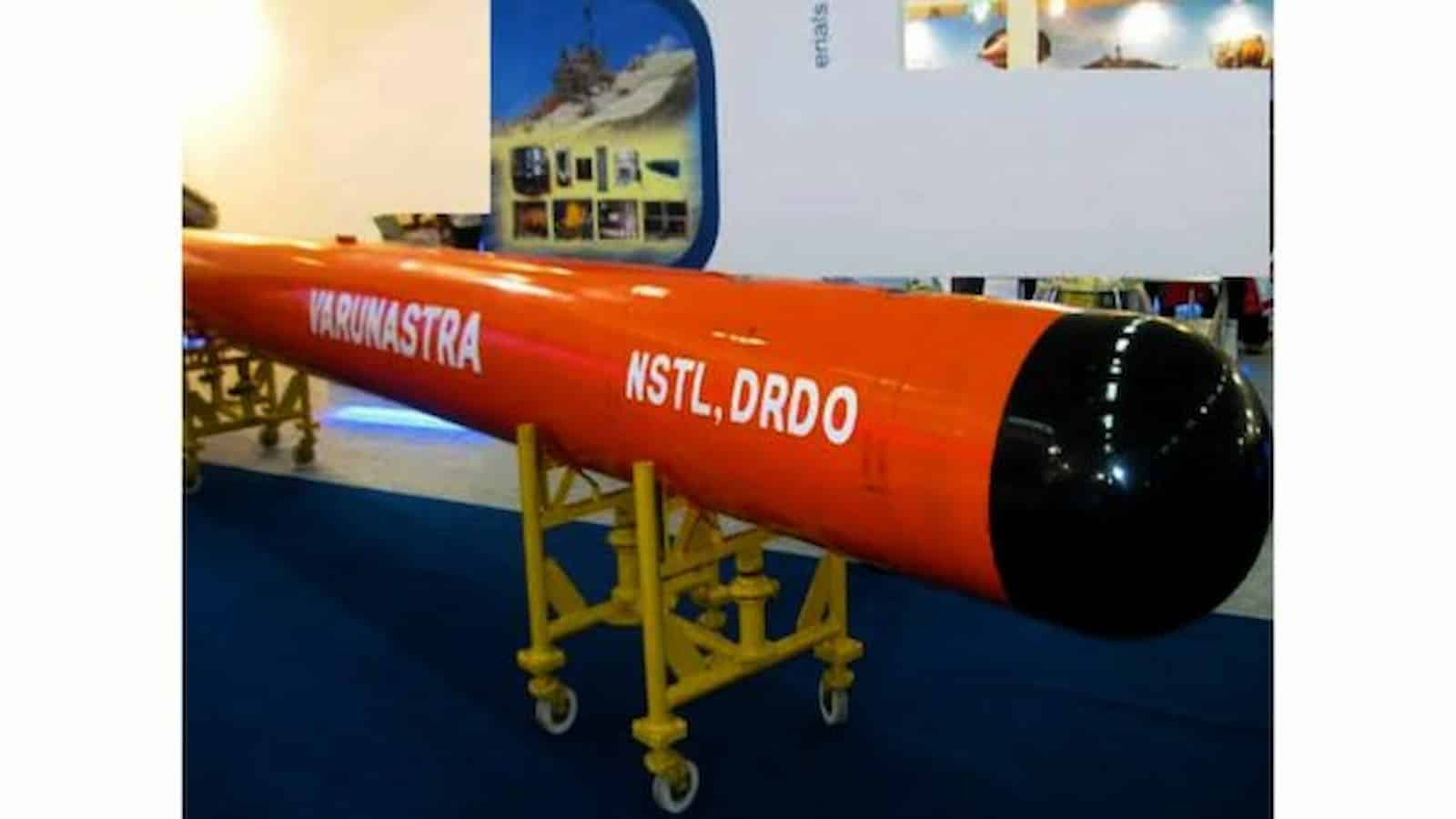Defence Innovation Licensing Agreements: At the ‘MSME military Expo’ in Pune, the Defence Research & Development Organisation (DRDO) signed 23 licencing agreements to help military firms acquire vital technology.
These agreements include a wide range of topics, such as aircraft, naval systems, and munitions.
According to the defence ministry, the technology supplied include electronics, laser systems, weaponry, life sciences, combat vehicles, naval systems, and aeronautics.
According to authorities, these technologies facilitate the manufacturing of military hardware including the Tejas light combat aircraft brakes, a floating infantry foot bridge of 100 metres, a 40mm high explosive anti-personnel (HEAP) grenade, and a high-pressure water mist fire suppression system (HPWMFSS).
Defence Stock Surges as it Secures ₹5,300 Cr Orders from Indian Government
Defence Innovation Licensing Agreements
The ministry released a statement saying, “The products based on these DRDO technologies will further boost the defence manufacturing sector and self-reliance in defence.”
Nine industrial partners were also given SAMAR (System for Advance Manufacturing evaluation and Rating) evaluation certifications by DRDO. SAMAR is used as a standard to evaluate the proficiency of military manufacturing companies.
Samir V. Kamat, the chairman of DRDO, reiterated the organization’s dedication to advancing Indian defence industry growth through technological support.
He emphasised the recent defensive technological advancements made possible by DRDO, which have boosted independence and opened doors for the defence industrial sector.
Kamat underlined the value of industry cooperation and urged Indian businesses to take advantage of government programmes and directives to position their nation as a centre for military manufacture.
Executives from the industry received briefings on policies and processes that assist defence manufacturers, such as technology transfer, funding for research and development, assistance for testing and assessment, and access to DRDO patents.



